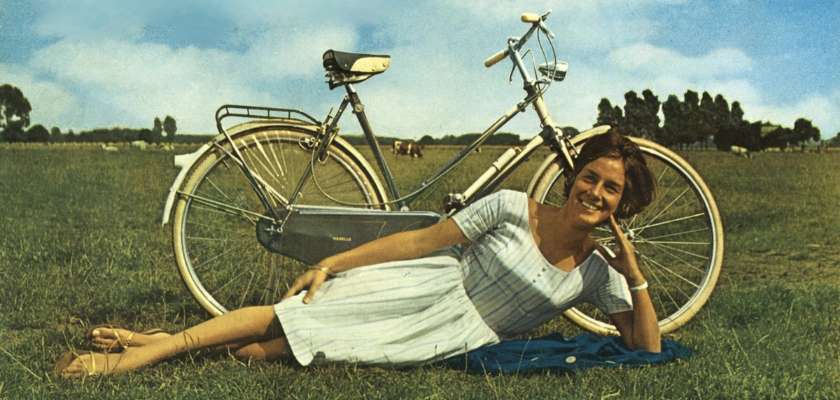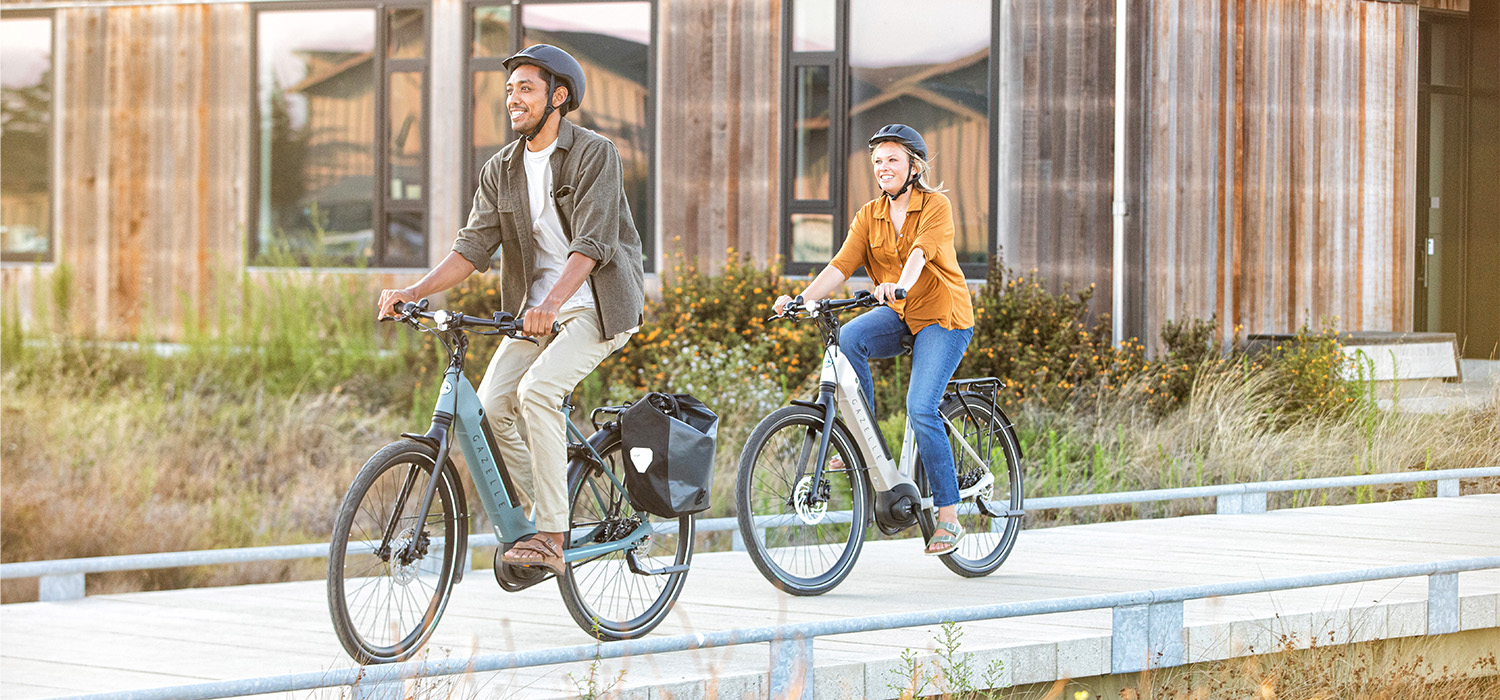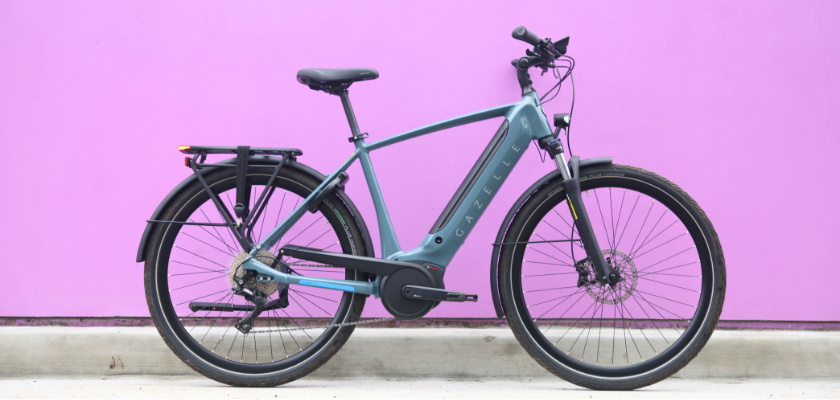Who would have thought that something as simple as a bicycle could become instrumental in the fight for women’s rights? You may be surprised to learn that bicycles were an unlikely ally to the global women’s rights movement, but historically across many cultures unchaperoned mobility was often restricted to men and the bike challenged this status quo. With the rising popularity of the bicycle, women seized freedoms previously unavailable to them. Bikes allowed women to break free from the constraints of traditional roles, and ultimately aided suffragettes in their fight for gender equality by increasing their access to transportation independent of men.
Breaking Free
Throughout most of the 1800s, women were often confined to the home, reliant on others for transportation. They had limited access to work or education outside their immediate vicinity. The invention and introduction of the bicycle revolutionized women’s relationship with travel. Gradually, women gained the ability to move around town independently, giving them the freedom to explore their communities without the need for a male chaperone.
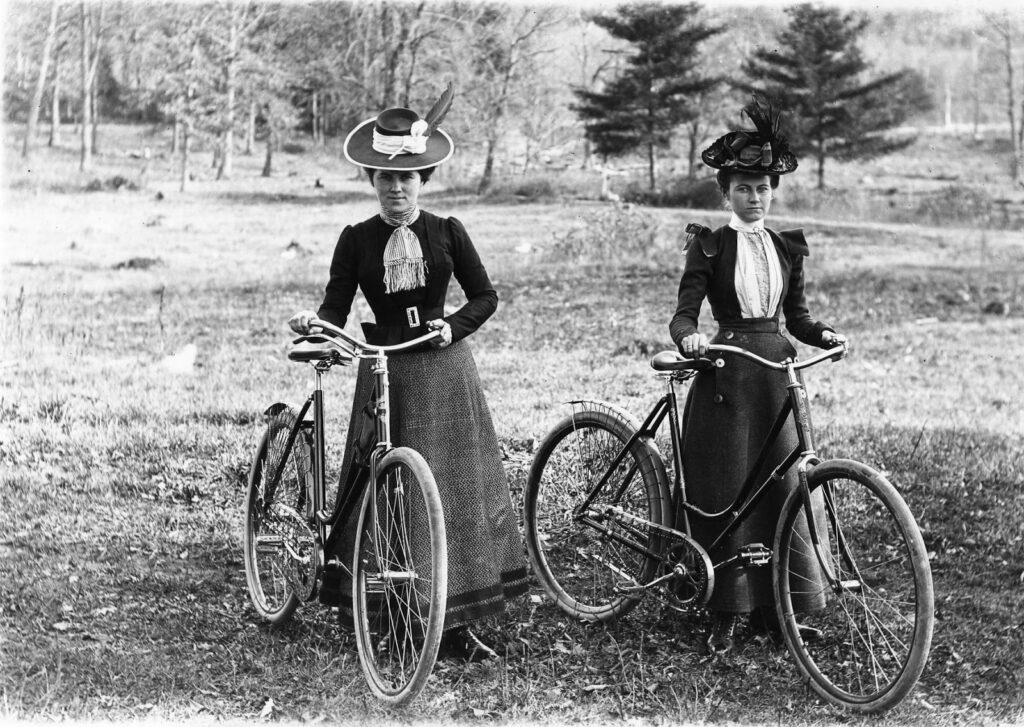
The bicycle was more than just a mode of transport; it was a statement of autonomy and self-determination. Women could now travel longer distances, attend meetings, work, or simply enjoy leisure activities, all while breaking free from antiquated societal expectations. The bicycle allowed them to navigate the world on their terms, and in doing so, they challenged the notion that women’s roles should be limited to the domestic sphere.
Bikes and Fashion
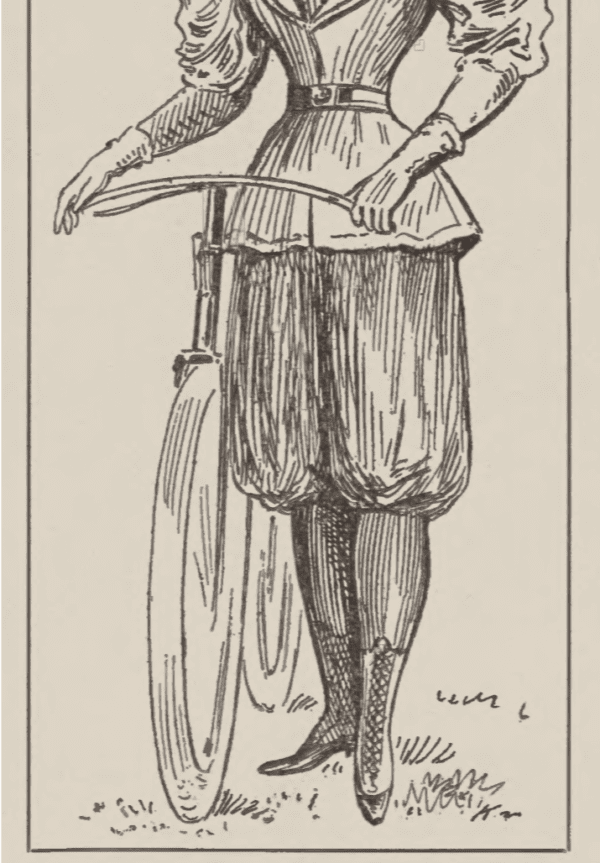
One of the most significant ways the bicycle intersected with the women’s rights movement was through fashion. Prior to the widespread use of bicycles, women’s clothing was highly limiting, with long skirts and layers of fabric that restricted movement. The rising popularity of bicycles, along with a growing interest in other recreational activities, inspired the shift of women’s fashion to more practical attire.
Bloomers emerged as an alternative to skirts, sparking debates about what women should wear and challenging the boundaries of femininity. Some viewed the change in fashion as a sign of defiance and rebellion against traditional norms. Suffragists like Susan B. Anthony and Elizabeth Cady Stanton were known to promote cycling as a symbol of women’s freedom and empowerment, as it was a public endorsement of the idea that women could dress and act outside the traditional confines of their gender roles.
Mobility and Economic Freedom
In addition to offering newfound freedom, bicycles also offered economic opportunities. For women in rural areas, a bike meant access to distant markets, enabling them to sell goods or even find work in nearby towns. For those in urban areas, bikes helped facilitate better access to education and employment.
This shift in mobility allowed women to participate more fully in the economic life of their communities, setting the stage for further advancements in the workforce. It became a tangible tool for women to step outside traditional family roles, contributing to both the rise of women in the workforce and the changing dynamics of gender roles in society.
The Bicycle as a Symbol of Equality
As the women’s rights movement continued to evolve, bicycles were adopted not only as a tool for mobility but as a symbol of equality. The association between bicycles and female independence was used to argue for women’s right to vote, work, and receive equal treatment in all areas of society.
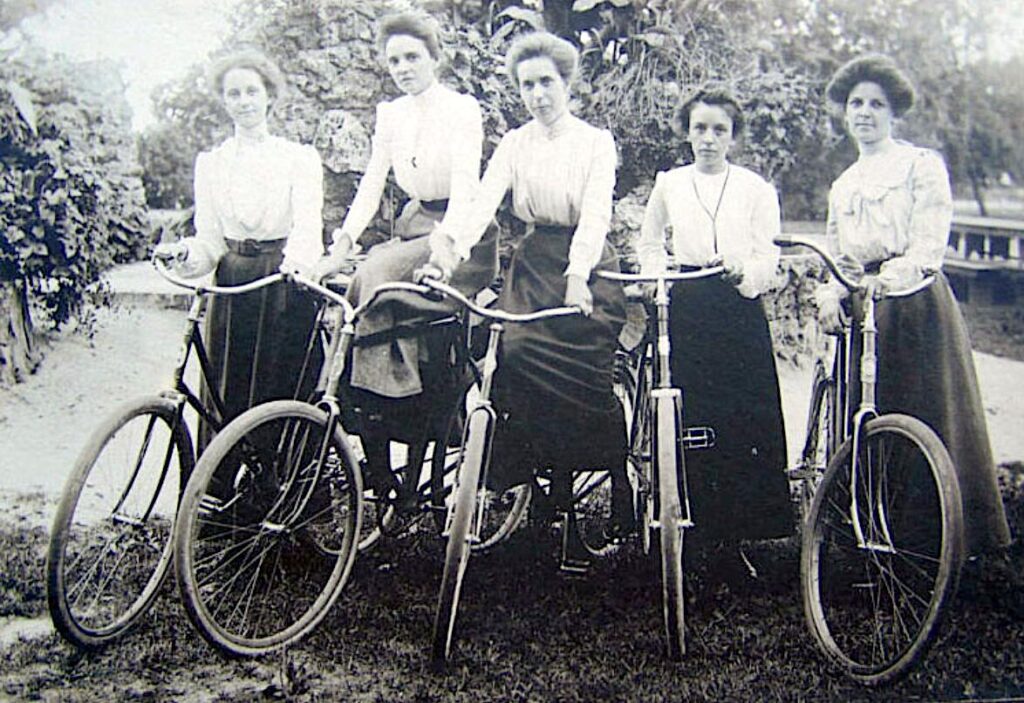
Many suffragists used the bicycle as a means to promote their messages. In the early 1900s, the “League of American Wheelwomen,” a cycling organization, helped to raise awareness of women’s rights while also advocating for the broader acceptance of cycling as a normal, acceptable activity for women. The bicycle became not just a vehicle for transportation but a metaphor for the journey toward greater equality.
Today: eBikes and Women’s Empowerment
Fast forward to the present day, and the evolution of the bicycle continues to have a significant impact on the lives of women. Thanks to ebikes, women today are experiencing even more freedom, especially in urban areas where commuting by bike can be a challenge. eBikes provide an efficient, eco-friendly, and less physically demanding alternative to traditional cycling, making them an ideal choice for women who are balancing careers, family, and personal time.
eBikes also level the playing field for those who may face physical limitations or want to cover longer distances without exerting as much effort. For women living in areas where public transportation may be unreliable or unsafe, ebikes offer a way to reclaim control over their commute and take their transportation into their own hands.
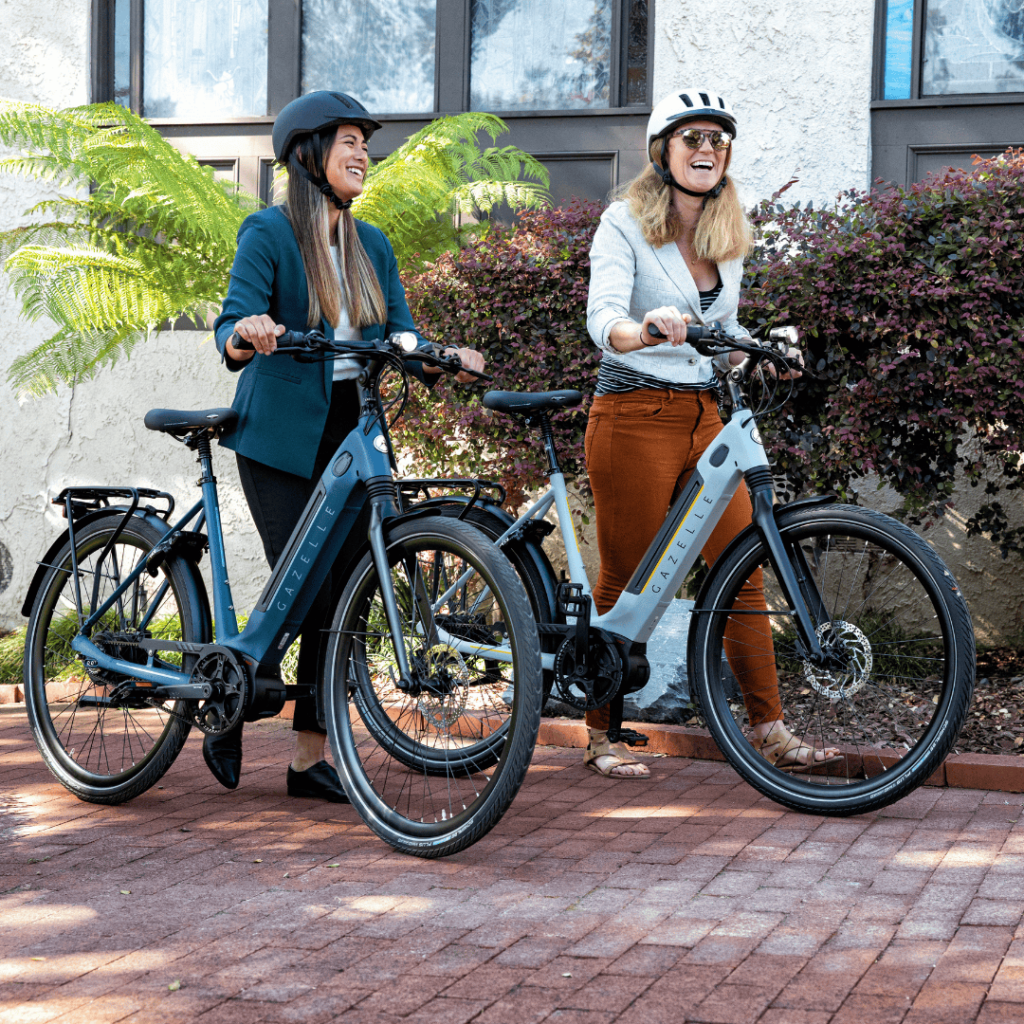
Wrap Up
Bicycles have served as both a literal and symbolic means of empowerment. Bikes expanded the world of women and became an important tool in elevating the feminine experience.
As we continue to push for a more equitable future, it’s clear that the bicycle, traditional or electric, remains a powerful means for change. Women’s rights and the freedom of movement are deeply connected and the humble bicycle will always be a silent yet steadfast ally in that journey.
